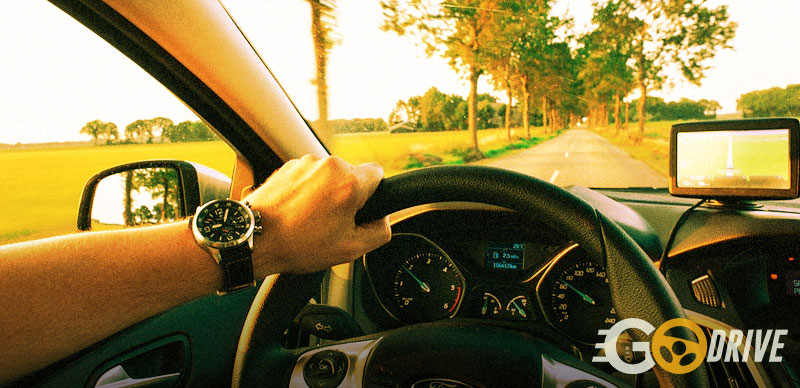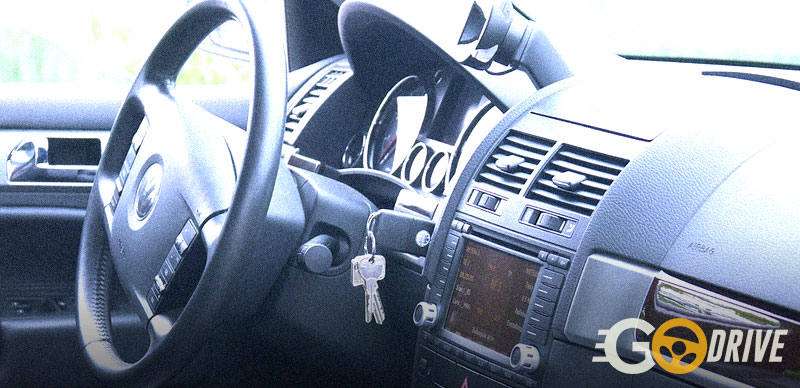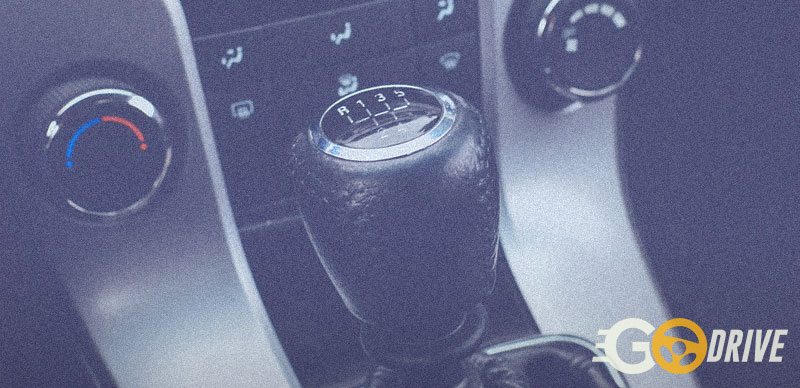
By mastering driving skills such as controlling, directing, accelerating, and decelerating a vehicle, you’ll be able to become a very efficient driver indeed. However, that’s not all it takes to become a responsible motorist; you also need to focus on safety while on the road. So to help you out on that score, here are some techniques you need to learn.
Constantly Glance at the Mirrors
Part of being alert while driving is continuously getting a sense of what’s happening behind you. Thus, you need to use your rearview and side mirrors to monitor the surrounding traffic. Glance at the mirrors every now and then, keep your eyes moving, and always stay alert and awake.
Properly Hold the Steering Wheel
Your grip on the steering wheel is essential. Think of the steering wheel as the face of a clock, and position your hands in the 10:10 position. In normal driving, keep your left hand placed at the 10 o’clock hand and your right hand at the 10-minute hand. Your grip must be firm but not too tight. Keep both hands on the wheel at all times except when shifting gears or giving hand signals.
Regularly Check the Speed Control
Proper speed control is also essential while driving. Driving beyond speed limits can be dangerous and is not allowed by law. The same goes for driving too slow since it can cause traffic to stack up as well as cause other motorists to become impatient and attempt to overtake you unsafely. Thus, if you’re cruising on a road that has two or more lanes of traffic moving in the same direction, best move to the rightmost lane and allow the others to pass.
Use Signals
Signaling your intentions while driving is another crucial technique to learn. It is your way of communicating with other motorists, and it helps avoid confusion as to what you intend to do. So whenever on the road with your brand new or secondhand car, best maximize the use of its built-in signal lights.
Keep Your Feet on the Brakes
The ability to slow down or stop your new or pre-owned car when necessary is crucial. So better keep your foot near the brake pedal. However, don’t press the pedals too hard; otherwise, you’ll cause your ride to jerk and stop abruptly as well as wear out your brakes and tires.
Wrapping Up
Being a good driver means having ample knowledge and intuitive understanding of your vehicle (flaws and all), as well as the ability to recognize your own physical limits. By learning the techniques above, you’ll be able to become a competent and responsible motorist.




